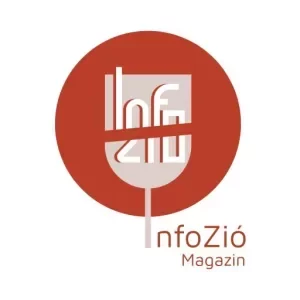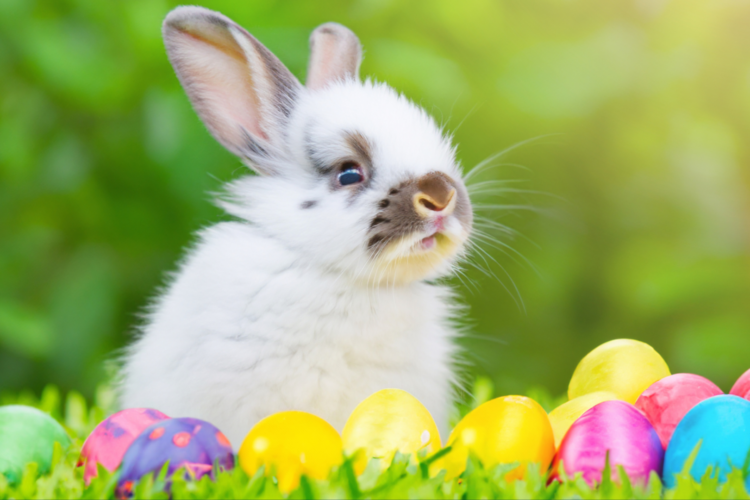Easter is a major religious tradition that falls on the first Sunday on, or after the 21st of March. The date changes every year since it follows the lunar calendar, meaning that it can fall between March 22nd to April 25th. It is dependent on the movement of the planets and the sun, thus earning its name as the “moveable feasts”. The origin of the Easter celebrations dates back to ancient pagan rituals, predating Christianity. The arrival of the spring equinox in the northern hemisphere was enthusiastically celebrated, heralding not only the return of warmer weather but also symbolizing growth, fertility, and rebirth. The spring equinox is the day when the amount of dark and daylight hours is equal, marking the end of winter as balance is reached.
In most European countries, the name for Easter is derived from the Jewish festival called Passover; for example, Pascha in Greek or Paaske in Danish. However, the origin of the word Easter is unclear, but it is believed to come from the Anglo-Saxon goddess of spring and fertility, Eostre, which is the common name in many English-speaking countries and Germany. According to a German legend, the ancient goddess of spring found a bird dying in the cold and transformed it into a hare. In return, the hare laid colorful eggs for her festival, which became a sign of birth and renewal.

The pagan traditions eventually were absorbed in Christian celebrations. Easter, in its current form, is the Christian festivity that marks the resurrection of Jesus Christ. The holiday starts on Good Friday, during the crucifixion of Jesus Christ. He was believed to rise from the dead on the third day, which falls on Easter Sunday. The hare and the eggs became a symbol of rebirth and a sign of new life. During the Middle Ages, people began the egg decorating tradition, usually eaten as a treat after the Easter mass. Currently, this practice is still observed in a few countries, especially in Eastern Europe like Poland. Folklore dating back to the 18th century suggests that hares would hide colored eggs for children to hunt in gardens, a cherished Easter activity still enjoyed today.
In the past centuries, the Easter bunny has become highly commercialized, from chocolates shaped like rabbits to Easter greeting cards. In the 9th century, the first edible Easter bunnies were made in Germany using sugared pastry. Companies like Hallmark took advantage of the Easter symbolism by creating cards with adorable bunnies and egg decorations. Additionally, the English chocolate company, Cadbury, started creating chocolate eggs, which fills the supermarket shelves during Easter, where almost every chocolate company produces.
Roselle Torres
If you found the article interesting, I also recommend this:




